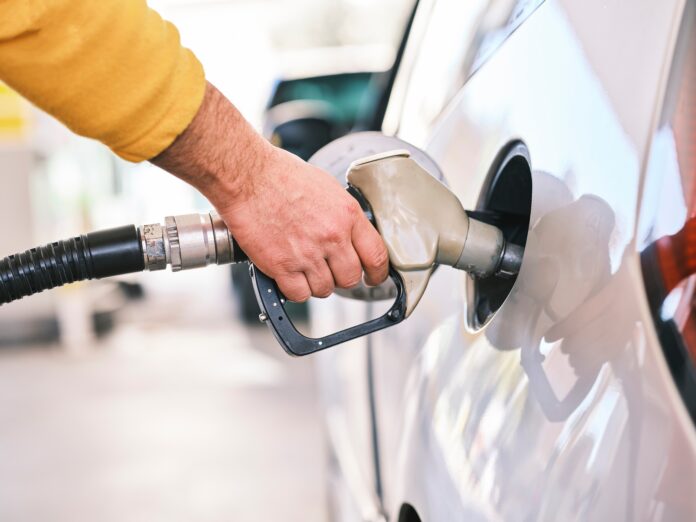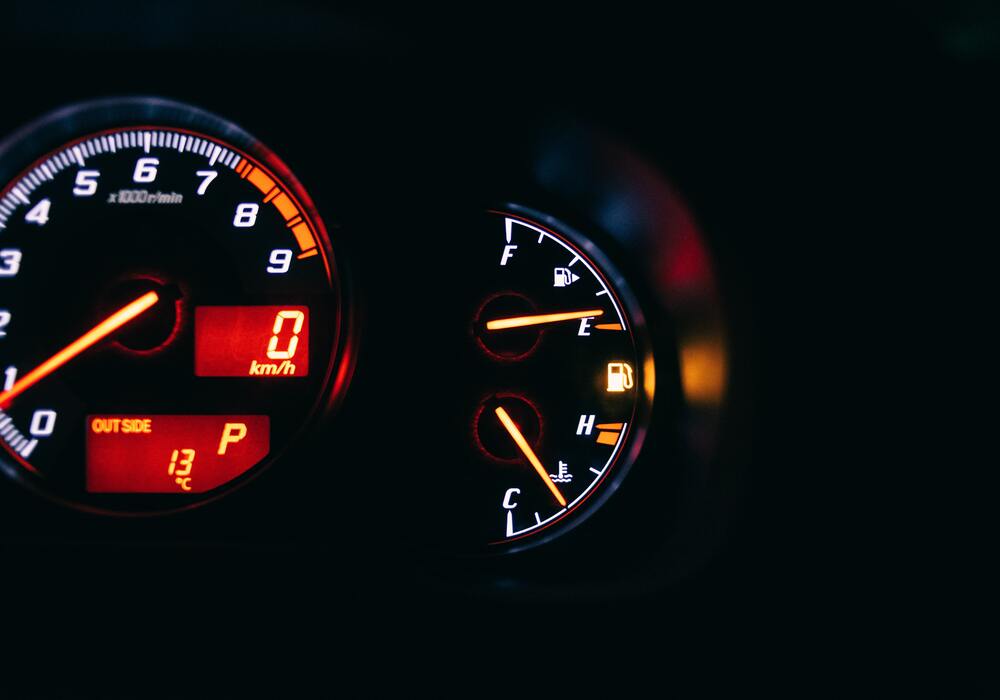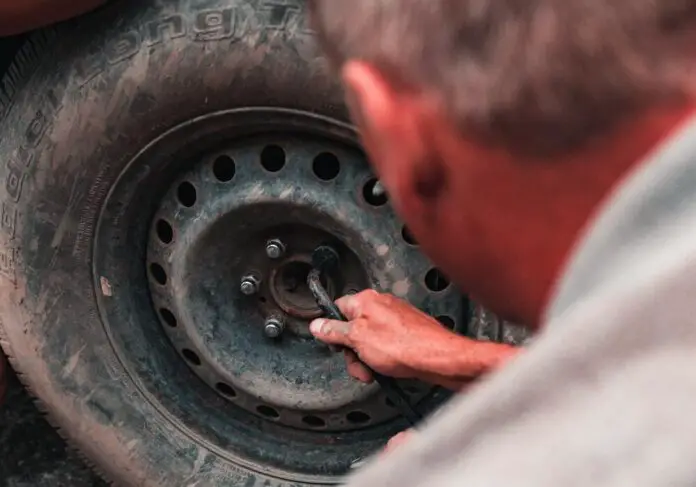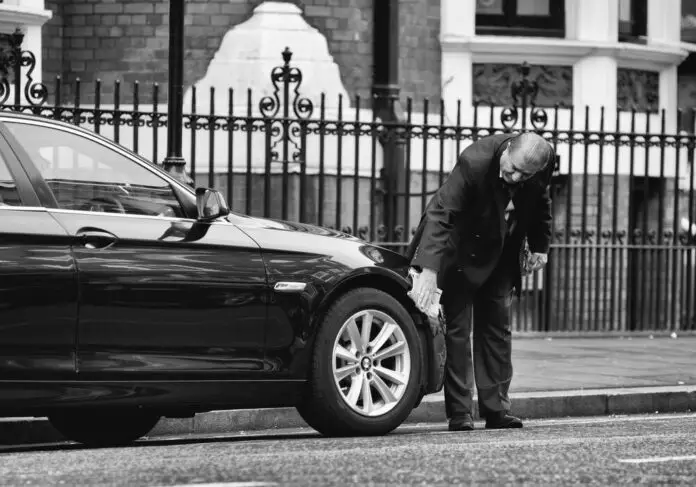Fuel saving has become an important issue due to both rising fuel prices and increasing air pollution. Drivers can easily save up to 20 percent fuel. And so it can protect the environment and pockets. Here are 10 tips for saving fuel.
1) Optimize your driving style
Shift up on time (at about 2000 rpm) and maintain the selected speed at low revs. Do not downshift until the engine shakes or starts humming. Read and follow the tips in your vehicle’s operating instructions, and also pay attention to fuel consumption and gear indicators.
Something can also be done for vehicles with automatic transmission. On many models, various drive programs (eg Eco, Normal and Power) can be adjusted using the so-called “drive mode switch”. Select the “Eco” mode here. Automatic gear shifts occur earlier, thus saving fuel.
2) Drive with foresight
Take your foot off the gas early. For example; downshift in the last few hundred meters instead of braking hard just in front of the vehicle.
3) Avoid short distances
A car uses the most fuel when the engine is cold. At the very least, a gasoline engine needs a richer mixture (with a higher fuel ratio) than the optimum operating temperature during the warm-up phase for proper operation.
That’s why it’s better to switch to a bike for short distances or combine several individual trips into one long trip. In winter, you should avoid heating the engine while it is stopped, if you do this, you will pollute the environment, spend extra fuel and damage the engine.
4) Turn off the engine while idling
The engine consumes fuel as soon as it starts. Even when the vehicle is not in motion, it consumes approximately 0.5 to 1 liter of fuel per hour. Therefore: turn off the engine if the idle time is likely to last longer than 20 seconds.
If you do not have an automatic start-stop system, you can turn the key yourself.
5) Turn off unnecessary electricity consumers
Electrical devices such as control units, lighting, fans, air conditioning, safety and comfort devices in the vehicle get their energy from the vehicle’s electrical system. Electrical energy is provided by the generator driven by the combustion engine. As a result, electrical appliances and other consumers that come into play consume fuel. Unlike the driving resistor, the electrical energy requirement does not depend on the distance traveled or the speed, but on time, that is, the duration of use.
For example, depending on the vehicle model, technology and operating conditions, an air conditioning system consumes approximately 0.3 to 1.5 liters of fuel per 100 kilometers. A parking heater costs an additional consumption of about 0.2 to 0.5 liters per hour. It’s good to use these extras judiciously, because a pleasant indoor climate keeps the driver fresh. However, you should limit the run times to what is necessary so that the fuel bill does not go up too much.
By the way: Open side windows or sunroofs impair the flow of air to the exterior, resulting in higher fuel consumption. For example, windows opened from both sides at 100 km/h consume approximately 0.2 liters more. It can only be opened at low speeds. For example, windows can be opened in city traffic, so it provides a significant fuel consumption advantage compared to air conditioners.
Caution: Never save on lighting, windshield wipers or windshield heating and therefore safety!
6) Reduce excess load on your vehicle
Every unnecessary part in the car means more weight and fuel costs. That’s why it’s best to get rid of anything you don’t need. 200 pounds of additional load provides up to 0.3 liters more consumption. The weight of the load has a negative effect on fuel consumption, especially in stationary city traffic. Every takeoff, every acceleration requires extra fuel.
Especially roof racks and bicycle racks significantly increase the consumption of your vehicle. Therefore, you should remove the roof and rear racks immediately after use. In principle, transporting objects such as bicycles using a rear carrier on a trailer hitch saves fuel compared to transporting them on the roof of the vehicle.
7) Use energy-efficient tires
Tires have a great influence on driving resistance. With optimized tires, you can save up to 0.5 liters of fuel per 100 kilometers. This means that an expensive tire with very low rolling resistance can pretty much pay for itself over its lifetime.
8) Pay attention to the correct air pressure
Also, check the air pressure regularly because too little air in the tires increases your vehicle’s fuel consumption. Even a 0.3 bar reduction in air pressure increases rolling resistance and thus creates unnecessary additional consumption.
To save additional fuel, you can moderately increase the tire pressure recommended by the vehicle manufacturer if described in the operating instructions.
9) Pay attention to regular maintenance
At first glance, this point seems trivial, as modern vehicles are equipped with maintenance-free digital engine electronics. In principle, there are no maintenance-related consumption factors here.
However, give your vehicle a regular inspection. Because there are spare parts that are definitely related to fuel consumption, such as the engine air filter. Regular oil changes, which should always be done, are important for appropriate consumption values. The vehicle manufacturer’s guidelines must be followed here.
10) Attend a driver training course
By attending a driver safety training course, you can optimize your driving skills and explore your vehicle’s handling in practical driving exercises. You will also receive valuable tips on safe and forward driving.
Some training facilities also offer specific eco and fuel economy training courses. Please check if such training is available in your area.






